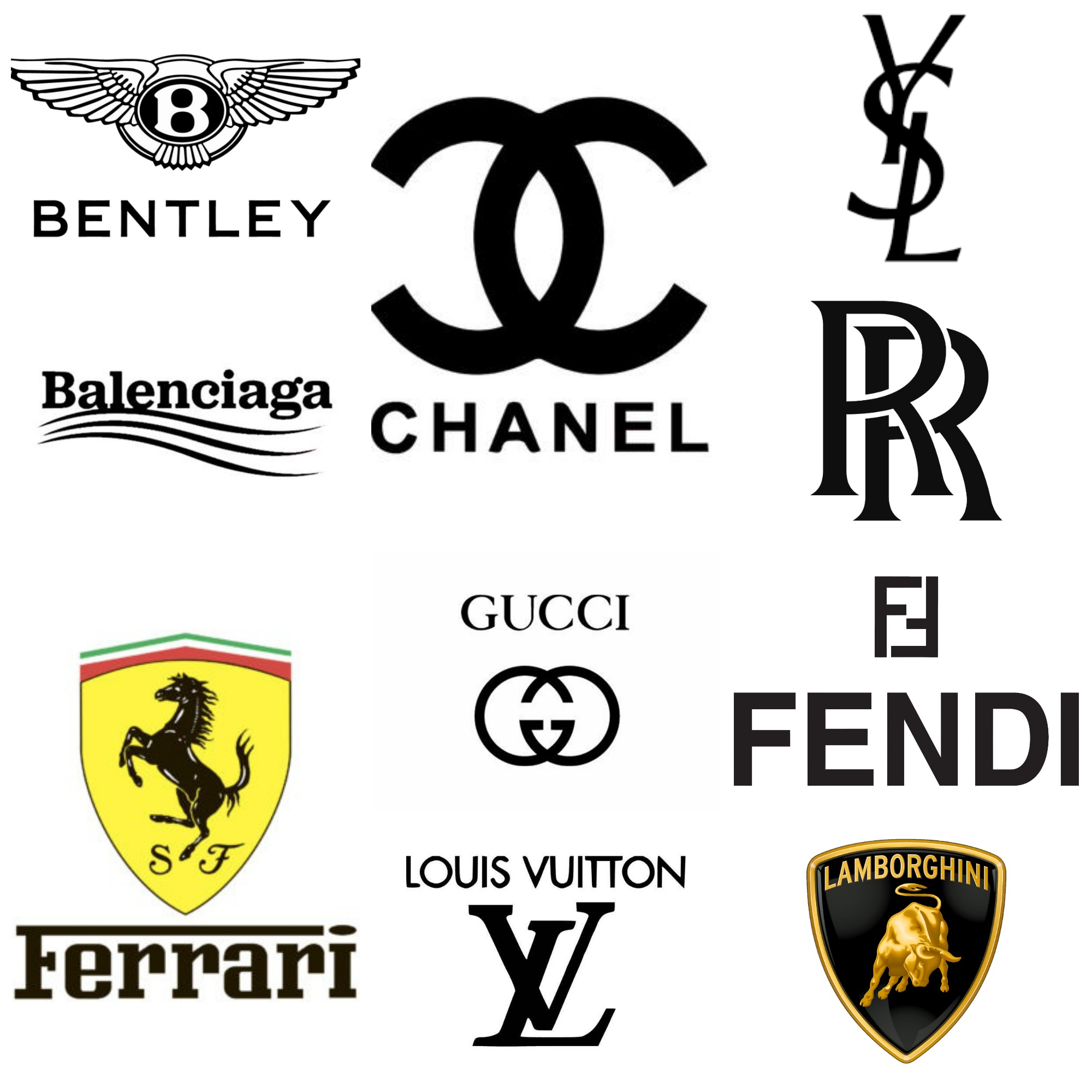Overt Consumerism
One surprising difference I’ve noticed between Austin and Auckland is the amount of overt, over the top consumerism. It was a bit of a shock, especially since New Zealand suffers from “tall poppy syndrome” and touts an egalitarian society. So what do I mean by overt, over the top consumerism?
Exhibit 1: The cars. I see more 6-figure cars on a daily basis in Auckland than I ever did in Austin. And I’m not talking a bunch of moms in the pick-up line at school in BMW X5s or Range Rovers. Did you know that Bentley has an SUV perfect for soccer runs? It is called the Bentayga, and they start at US$195,000. There’s also a Lamborghini SUV these days. I haven’t bothered to look up it’s starting price, but they’re also zipping about town. And in the morning, the different sports cars heading into the CBD for the business day is quite impressive. There are Audi r8s (the car Christian Grey drives in Fifty Shades) Ferraris, and sprinkling of Rolls Royce’s, the works.
Exhibit 2: The purses. Back in Austin, there was the Louis Vuitton mom bag (aka the Neverfull) as well as a handful of other higher end bags that women would carry. They were a status symbol to a point, but nothing like in Auckland. Chanel rules the day, but other designers are prominently displayed as well. Designers that have shops in town are the most represented, but any designer will do. In fact, if the bag is impossible to get in New Zealand, it is probably better. It means you’ve either got money to travel or you’ve spent a ton on duties and import taxes.
Exhibit 3: Labels, labels, and more labels. Both men and women proudly rep their favorite label, whether it is the tell-tale green and red stripe down a pair of Gucci pants, or Balenciaga’s Obama-inspired signature across a t-shirt, branding is everywhere. Men, women, and kids are all in on this game. Case in point, one mother at school drop off today was wearing a Gucci tee shirt paired with Gucci cut off jean shorts, Ferragamo sandals, and an Fendi bag. Another kid was wearing the required black shoes, but they were the Fendi monster slip ons.
Being slightly on the dorky, research-oriented side of things, I stumbled down a rabbit hole. Feel free to follow me:
I wanted to compare the United States’ Gini index to New Zealand’s to get a quantifiable difference in income inequality. (The Gini index gives countries a rating between 1 and 0, with 1 being perfect inequality, where one person has all the wealth and everyone else has nothing, and 0 being perfect equality where everyone has the same wealth.) For the United States, the most recent data is for 2016, and after taxes, the Gini index for the US is .391. For New Zealand, the most recent data is from 2014, and after taxes, the Gini index is .349, so ever so slightly “better” than the United States.
Then I looked at the billionaires in each country. In the United States there are 585. In New Zealand, there were 2. Interestingly, the percentage of the population that are billionaires in the US is .000182% while in New Zealand, it is .000043%. I think these numbers surprised me because it feels like it is so much wealthier here in New Zealand than in Austin. I’m going to assume my take on this is because now I am in Auckland, which is the New York City of New Zealand. My perception of overt wealth and consumerism would probably be different if I was coming from NYC or if I lived in a smaller town.
Interestingly, New Zealand has parts of its tax structure that do more to encourage inequality than in the US. New Zealand doesn’t tax wealth like it does in the United States. There’s no capital gains tax. There’s no estate tax. There’s no gift tax. This means that wealth can more easily be transferred from one generation to the next, and that deepens the economic divide. I’ve seen this several times in my short time in Auckland. Kids inherit elderly relatives’ homes and come into a huge windfall because the housing market has been robust for so many years. Despite this tax structure, however, the Gini index is more “equal” here in New Zealand which forces me to remember that other parts of the tax laws are more effective at redistributing wealth (here’s looking at you, 33% tax rate.)
I’ll climb out of my rabbit hole and now. I don’t want you to think that all of New Zealand is a flashy, expensive place. Overall, it is not. People are laid back, very casual, and seem to be much more focused on quality rather than quantity in just about everything: stuff, experiences, and friendships. However, those who are focused on consumerism really flaunt it. There’s no way to avoid it.




